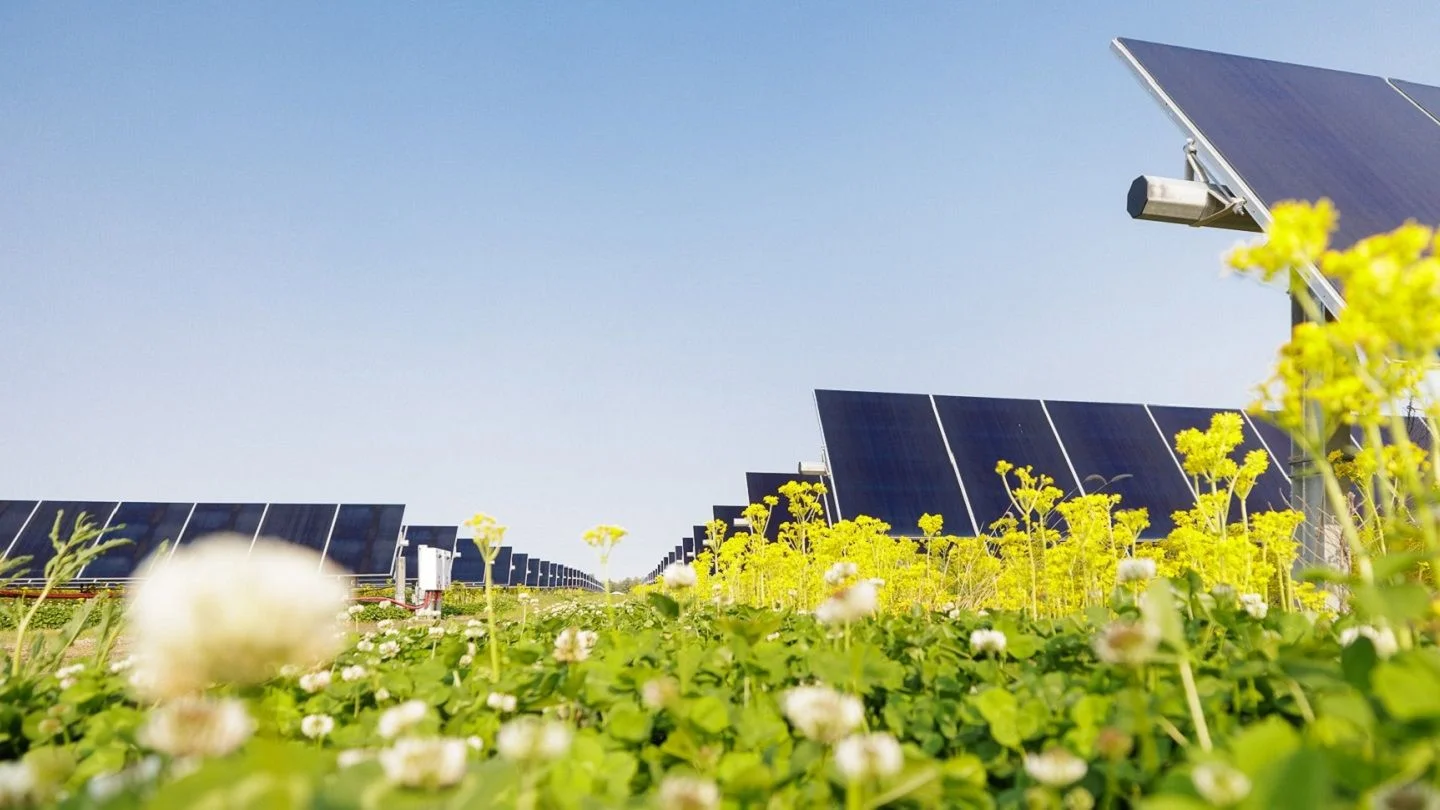Commercial operations at the 152.5 MW Bellflower solar farm by renewable energy producer Lightsource bp in Indiana’s Henry and Rush counties have started. The development and building of the project cost $169 million, according to Lightsource BP.
A virtual power purchase agreement (VPPA) with Verizon for the energy produced by the project supports the solar installation. The VPPA was signed in January 2021, opening the path for the development of the solar project.
According to James Gowen, chief sustainability officer at Verizon and senior vice president of global supply chain and sourcing, “Verizon is committed to saving our planet through the development of renewable energy and the move to a greener US energy infrastructure.
Furthermore, by 2035, we’ll have zero operational emissions thanks to the renewable energy produced by the Bellflower solar plant.
Also Read: 150 MW Honeysuckle Solar farm gets final approval, Indiana
The solar farm produces enough electricity to supply 26,800 typical US homes with sustainable energy. The project is expected to earn $30 million in property taxes over its 25-year span. Additionally, $2.4 million from the annual operations budget will be invested in the area.
More than 350 temporary employees were produced throughout the construction phase. The engineering, procurement, and construction contract for the project was won by California-based SOLV Energy.
Details on the Bellflower Solar farm
The company put solar trackers from Array Technologies and 377,000 First Solar solar panels. The solar farm will help Verizon reach carbon neutrality in its operations by 2035 and offset 202,000 metric tonnes of carbon dioxide emissions annually while also enhancing air quality.
The Bellflower project, according to Kevin Smith, CEO of Lightsource BP Americas, “is a terrific illustration of our dedication to responsible solar development in action. Lightsource bp is deeply committed to maximizing the sustainability advantages of our solar projects for communities. Furthermore, protecting ecosystems, and supporting biodiversity in addition to providing clean and reliable energy.

